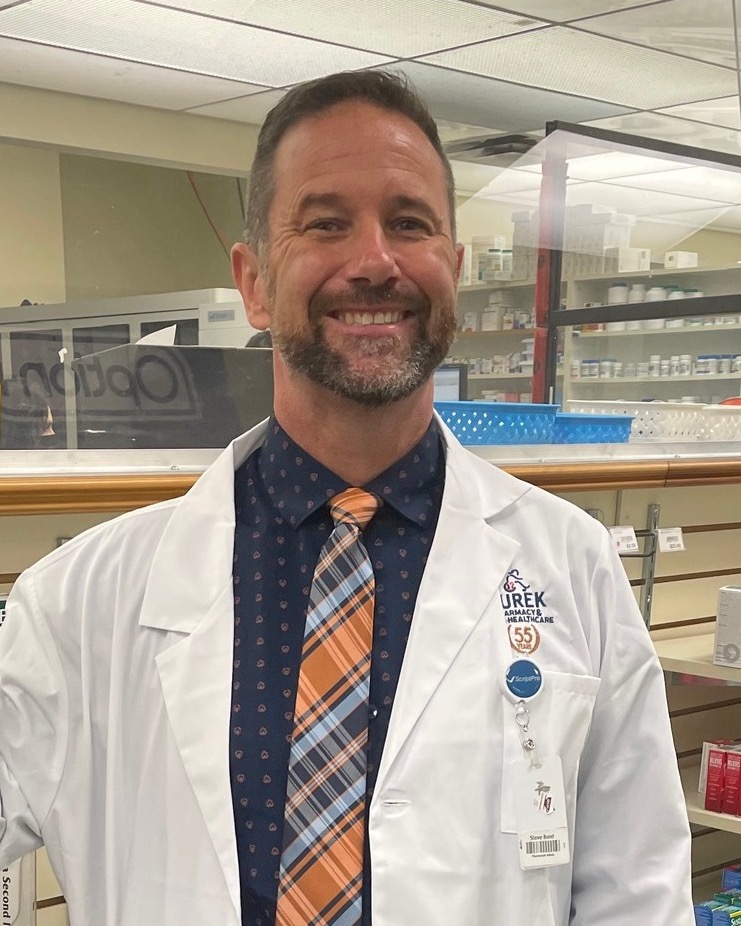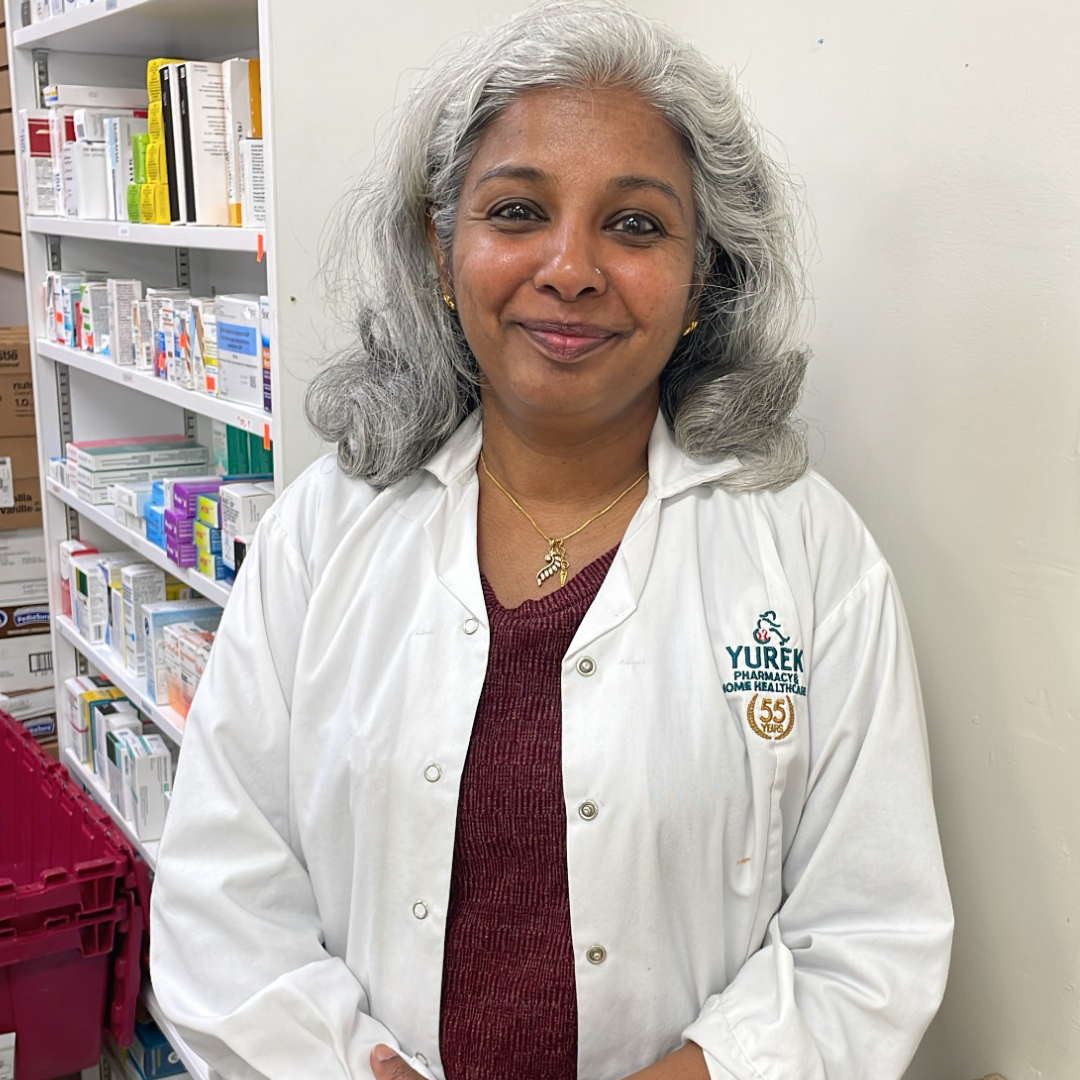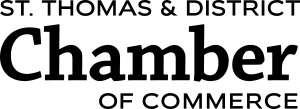By Steve Bond, BScPhm, RPh, CDE
The expression “seeing is believing” is often used to validate something that is unlikely. It was originally quoted by clergyman Thomas Fuller, but his full quote is “Seeing is believing but feeling is the truth”. This quote applies so well to those individuals with Invisible Disabilities. Oct 16-22, 2022, marks Invisible Disabilities Awareness (IDA) week. An invisible or hidden disability is any physical, mental, or emotional impairment that goes largely unnoticed. Some examples include autism, depression, and learning and thinking differences like ADHD or dyslexia. They can also include physical conditions like arthritis, repetitive strain injury or fibromyalgia. It is important to understand that a person lives with a disability- they are not disabled. In fact, many people go about their day to day lives without revealing their disability or how it impacts them. It is estimated that as many of 30% of employees have some form of disability but only 3.2% report this to their employer.
People who live with disabilities face hurdles- from physical environments that are not accessible to lack of relevant assistive technology. One barrier that people with hidden disabilities face is being recognized as having a disability. In the absence of a visual cue such as wheelchair or a walker, people can dismiss the effects on a serious life altering medical condition. Instead of providing understanding and compassion, individuals are stigmatized and seen as lazy or unreliable. A culture that recognizes and supports all disabilities is enriched by the contributions made by everyone.
I would like to cite an example close to home. My sister was in a horrible accident on her way to work at the hospital. (She’s a nurse and a damn good one) On the surface, she seemed alright. No broken bones, no lacerations, or massive scars. She suffered a severe concussion and since that time she has dealt with post concussion syndrome. Headaches, dizziness, memory problems, sensory issues and fatigue plagued her. She worked hard to improve her health but would do her best to conceal her disability. She would attend the birthday party for a friend’s child, never complain but after she would be exhausted and must rest for extended periods. She also learned to plan events in the morning-she was able to function best at that time and was less afraid of having to cancel last minute. From her struggles and perseverance, I gained valuable insight into invisible disabilities. We all need to be able to recognize and support those individuals in our lives who deal with the everyday. Chances are, you or someone you know deals with a disability that isn’t so apparent. Take care of yourselves and each other.








